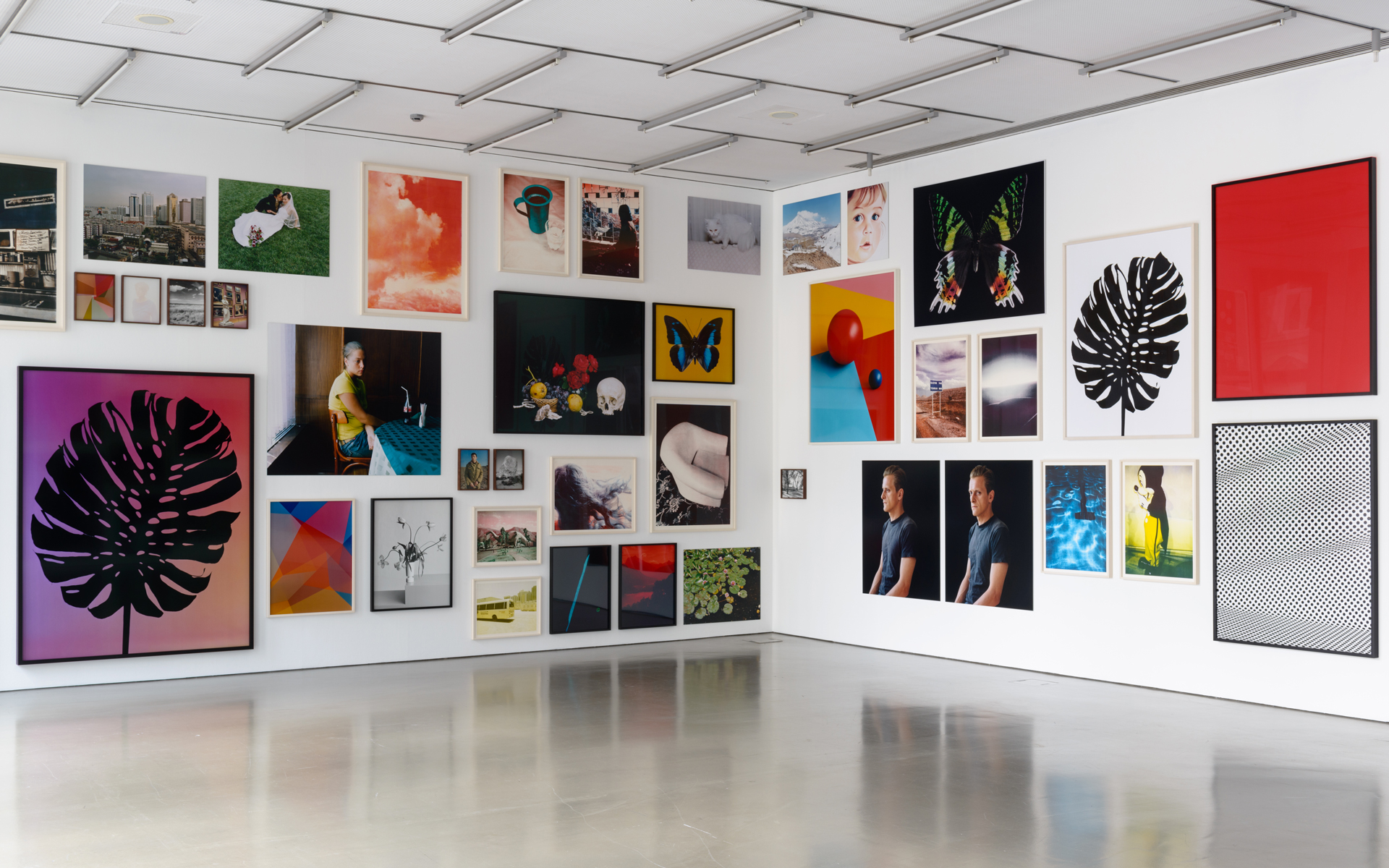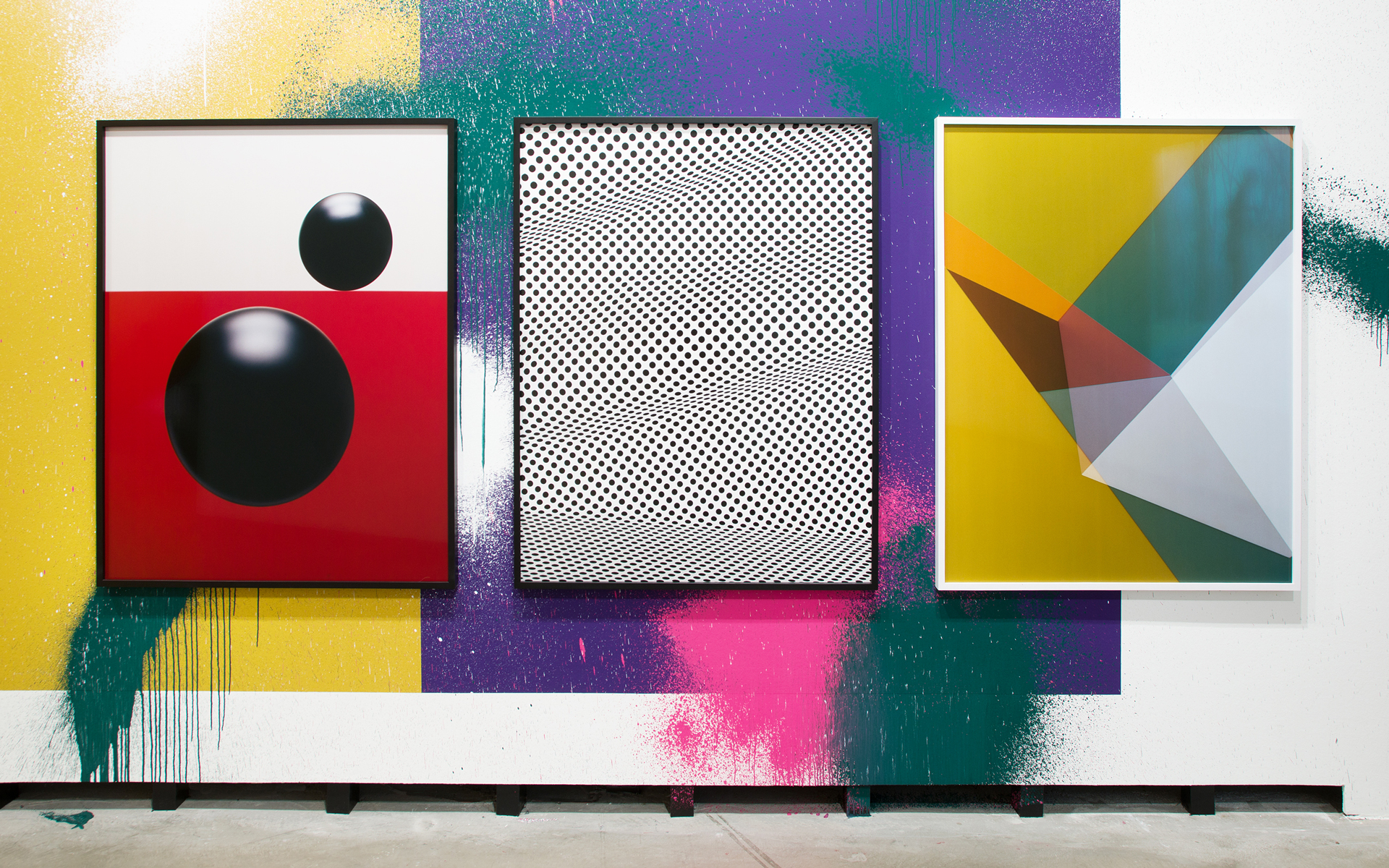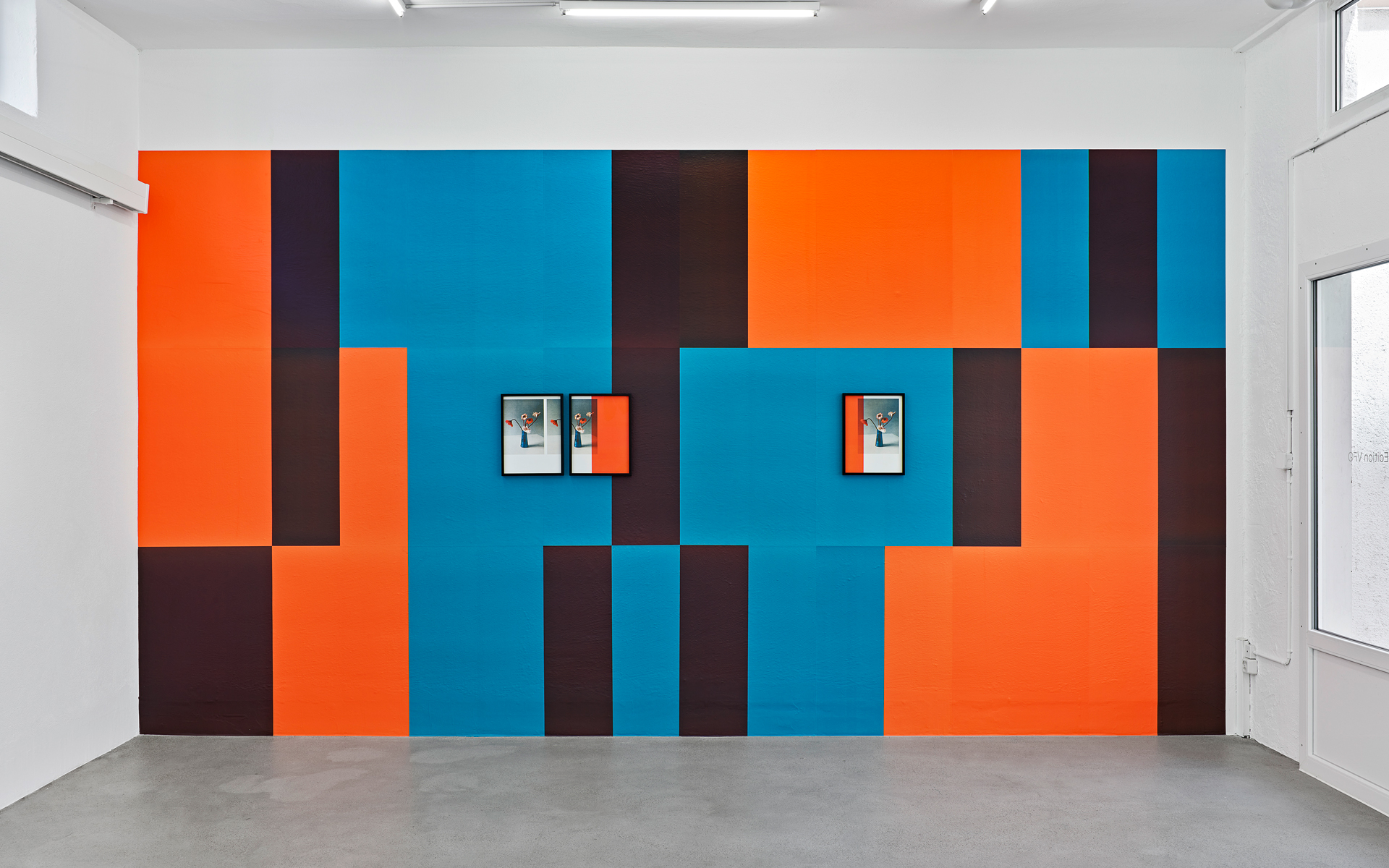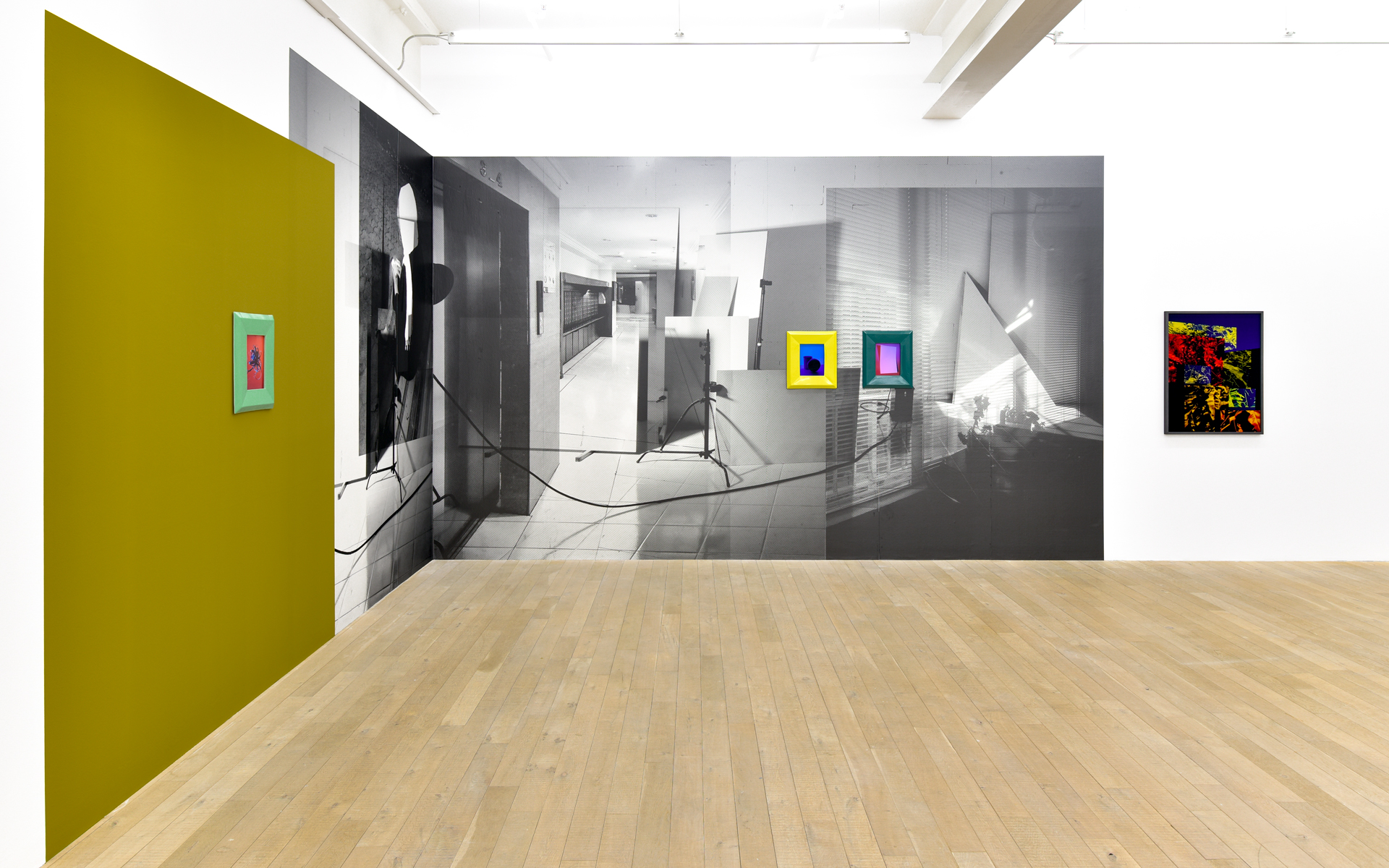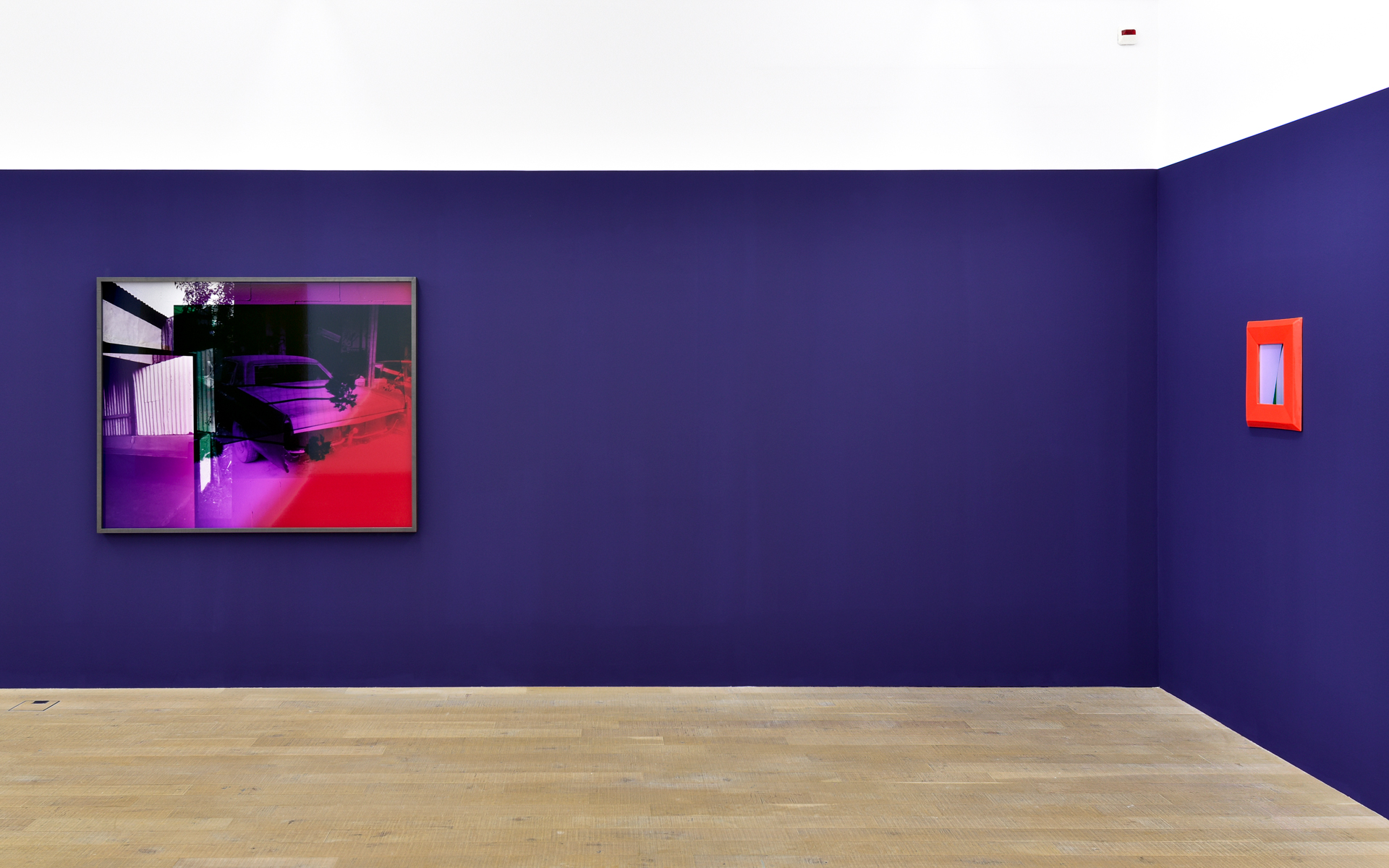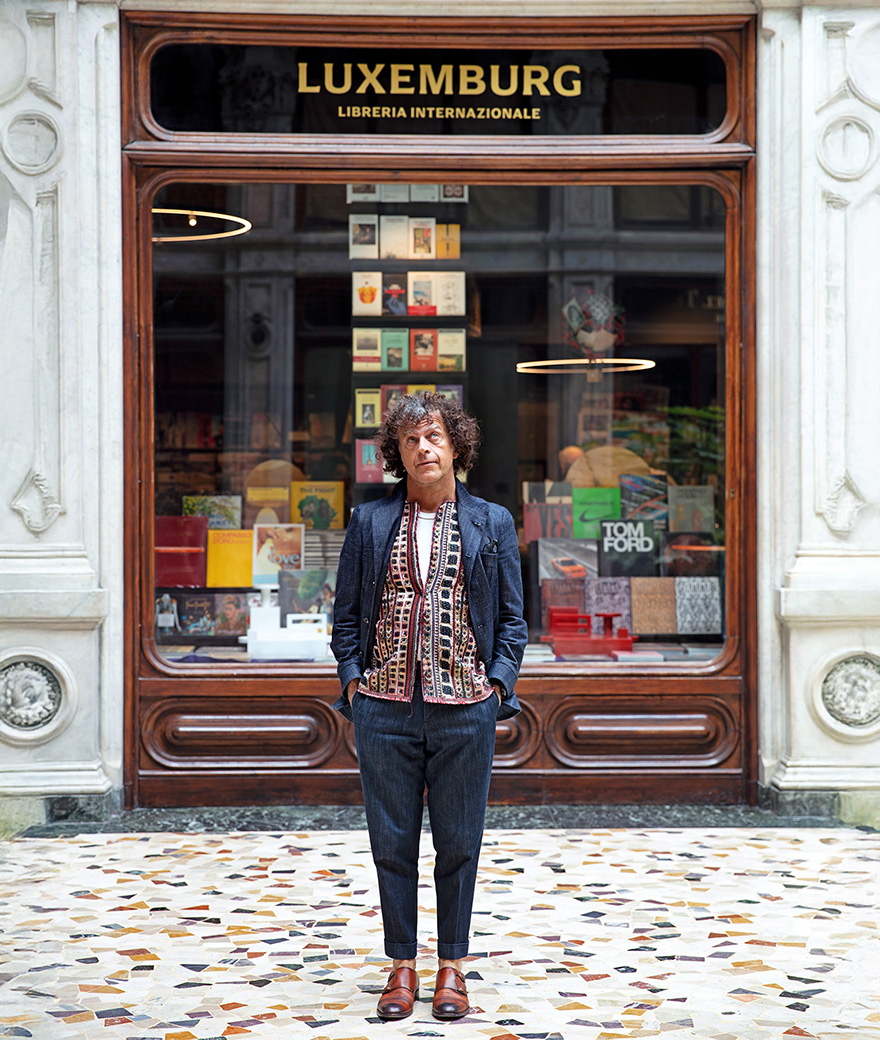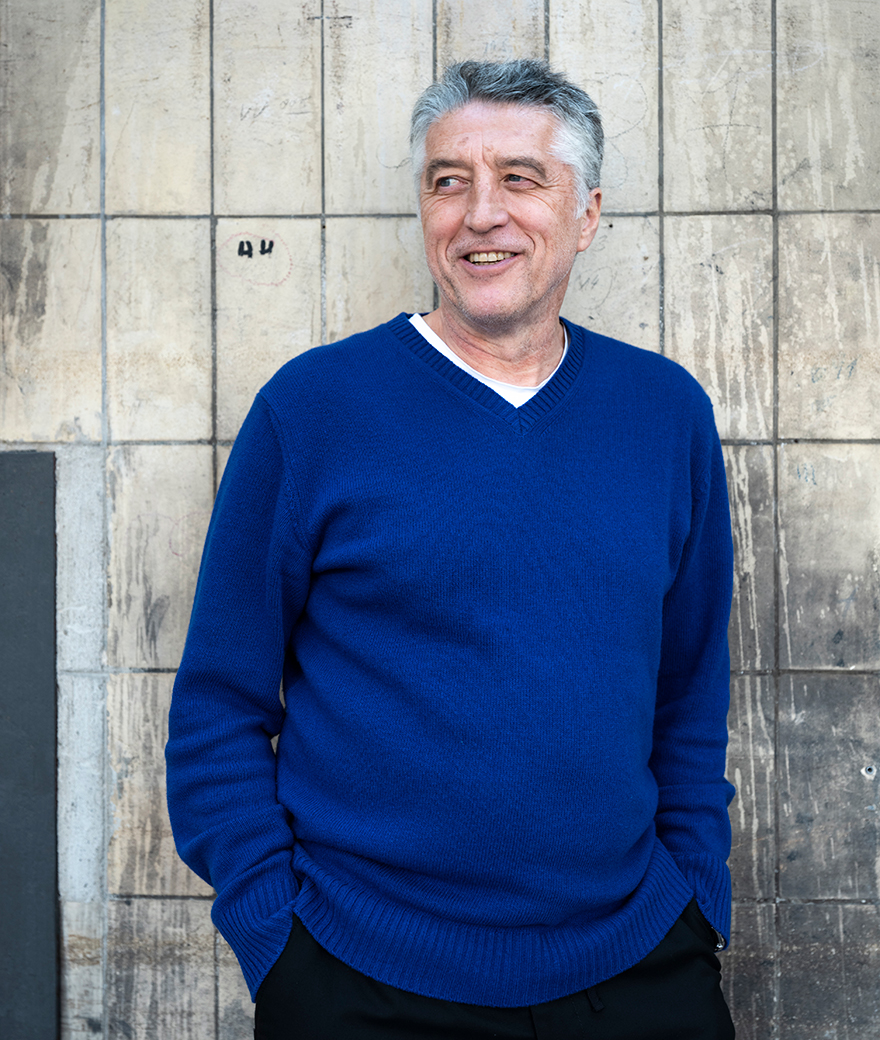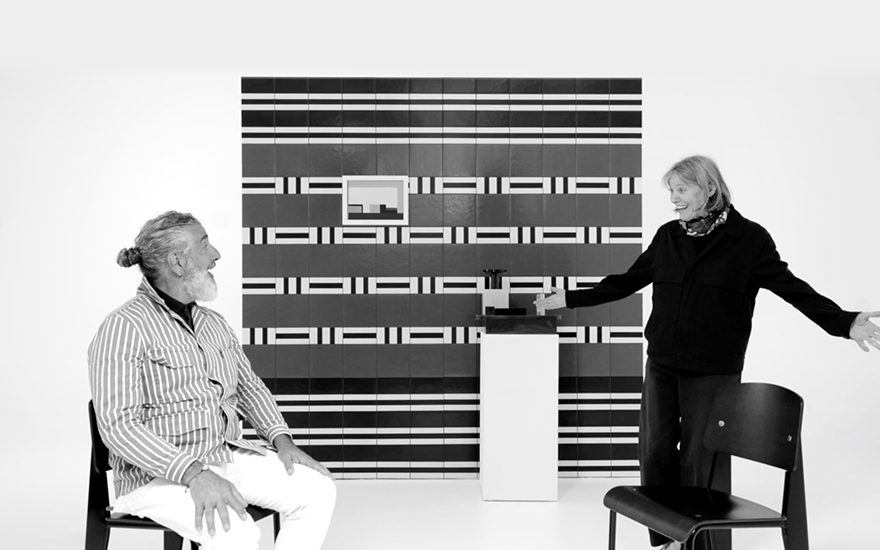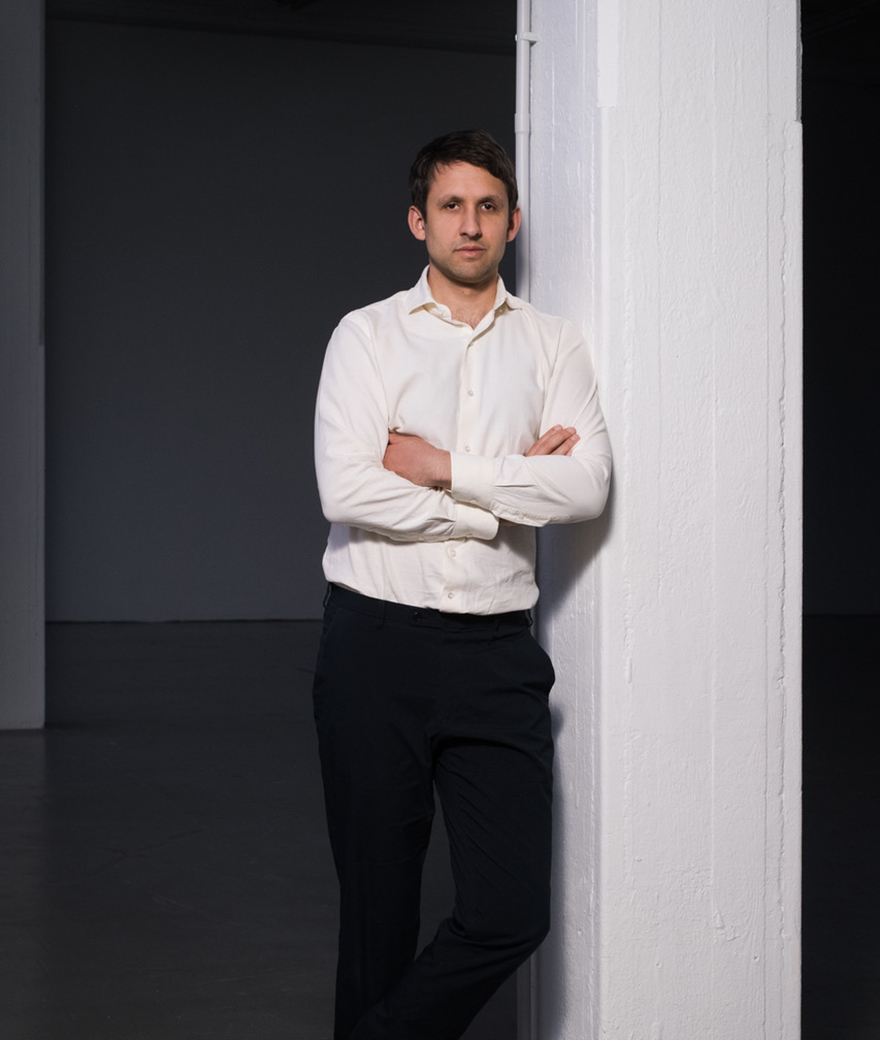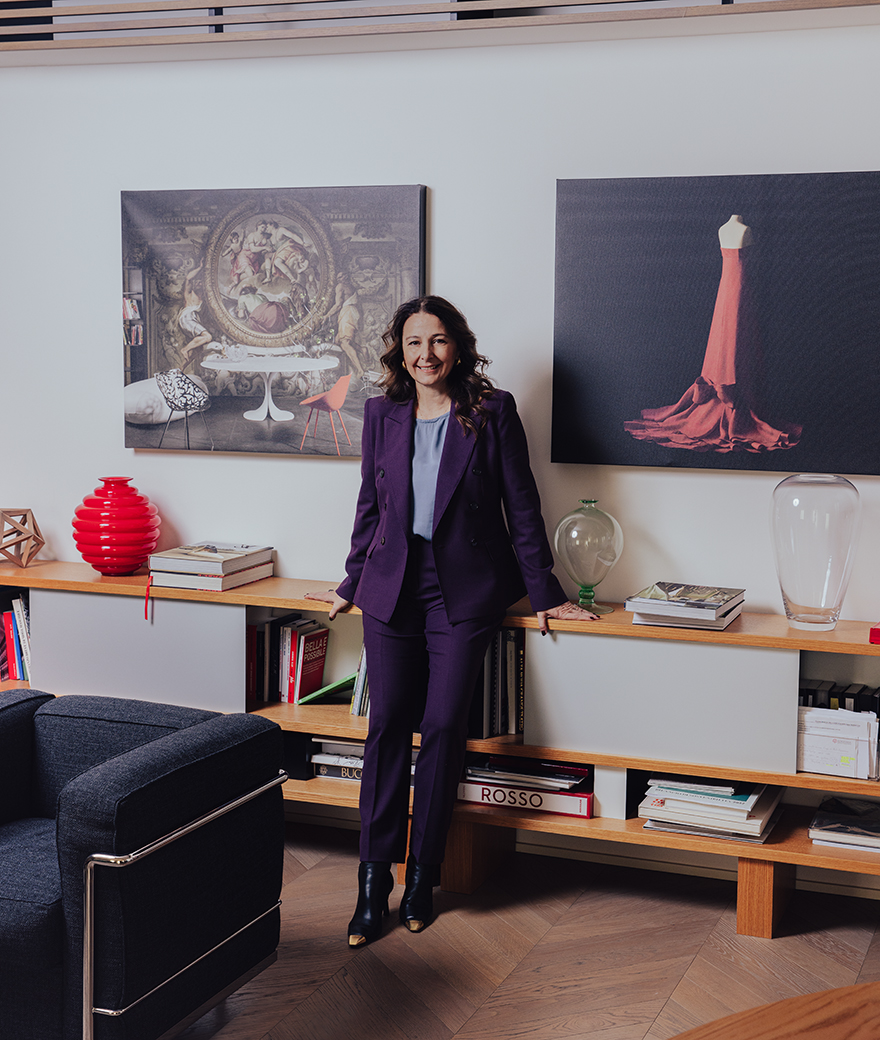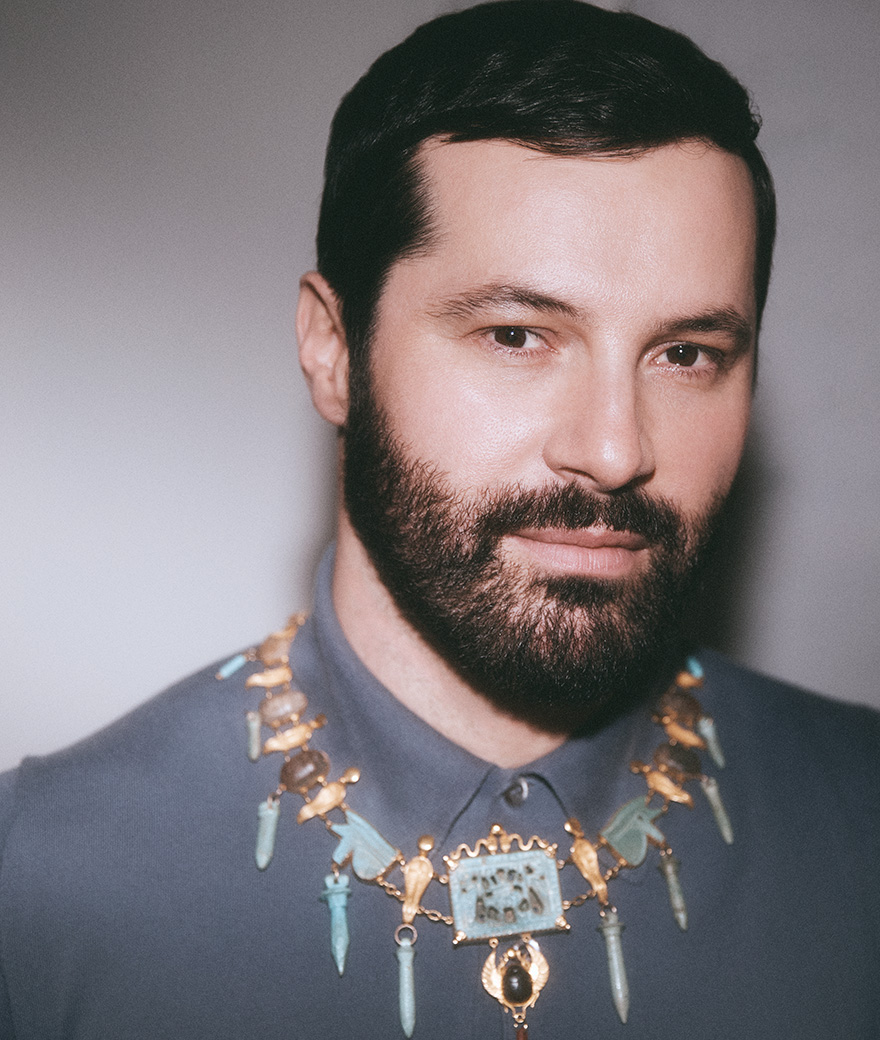A talk with Shirana Shahbazi
What do you look for in a photograph?
Time. Depth. And changing meanings.
You take pictures in an analogue way in a world dominated by the digital. Why?
Analogue photography is not a religion, but I have been trained to work with it and I am good at it. I appreciate the notion of time intrinsic to this method – if you don’t immediately see the result of the pictures you take, you will look more carefully while you are working – and it has only two parameters to influence the prints – it is very limited compared to digital tools and their endless correction filters –, which helps to get things to a certain limit of perfection. Also, you don’t end up constantly looking at a screen to check what you can actually see through the lenses. I prefer to look at my contact sheets rather than going through hundreds of files.
This said: I also use digital images for other printing methods, such as lithography, silk screen or book printing.
You were born in Iran, then you moved to Germany and then again to Switzerland, where you currently live. When it comes to your practice, how have these experiences shaped your approach?
Each of these different places reflects a specific period of my life, so their impact has been very different under a personal and biographical point of view. Still, I can’t consider them separately, because it would make them meaningless.
Of course the hybrid appearance of my work, always insisting on different meanings and ways of understanding, is a response to the multilayered cultures I grew up with. However, it can also be more simple: the Iranian culture gave me the ease to fill up spaces with a colourful heterogeneous visibility, the German school of photography and critical discourse culture shaped my creative awareness and, as a Swiss artist, I gathered all the work experiences in my professional life.
I prefer to look at my contact sheets rather than going through hundreds of files.
Is there someone that you consider as a mentor or that was particularly relevant in your artistic path?
Sounds cheesy, but my mom! It’s difficult to explain why. Also, I have worked very closely with designer Manuel Krebs from NORM Zurich in the past 20 years.
Your works are characterised by an intersection of various aesthetic codes, such as design, architecture, fashion and graphic. How do they coexist and communicate within a single image?
I do care a lot about single images, but I am always happier the richer the constellations gets. Sometimes the collages consist of combinations of single images next to each other, sometimes they accumulate within one frame, be it in form of analogue, multi-exposure or overprinting in lithography. Basically, it’s about adding layers, so that the notion of the shown reality gets more and more complex and deep.
What role does the exhibition space play in your practice? How does it interact with your work and influence its perception?
I take the exhibition space fully into account, as well as the physical experience of encountering the pieces. Architecture has the tendency to be extremely powerful, so I try to be in control of the environment. I enjoy deconstructing rooms, creating new ways of experiencing them. Sharpening the awareness while you see the works.
Do you remember the first time you heard about Mutina?
I have a very long and friendly working relationship with Sarah Cosulich, with whom I have realized different projects since the very beginning of my career. She saw my new pieces done with ceramics, so we got into a conversation about Mutina. Also, I have worked on large scale public art works with ceramics before.
What’s your favourite ceramic collection? Why?
It’s Rombini Triangle by Ronan and Erwan Bouroullec, especially in the glossy finish. I love the three-dimensionality and the plays of light and shadow that keep transforming the appearance of the walls, while looking flat at the same time from the distance. Beautiful colours, simple and perfect shapes.
I enjoy deconstructing rooms, creating new ways of experiencing them. Sharpening the awareness while you see the works.

